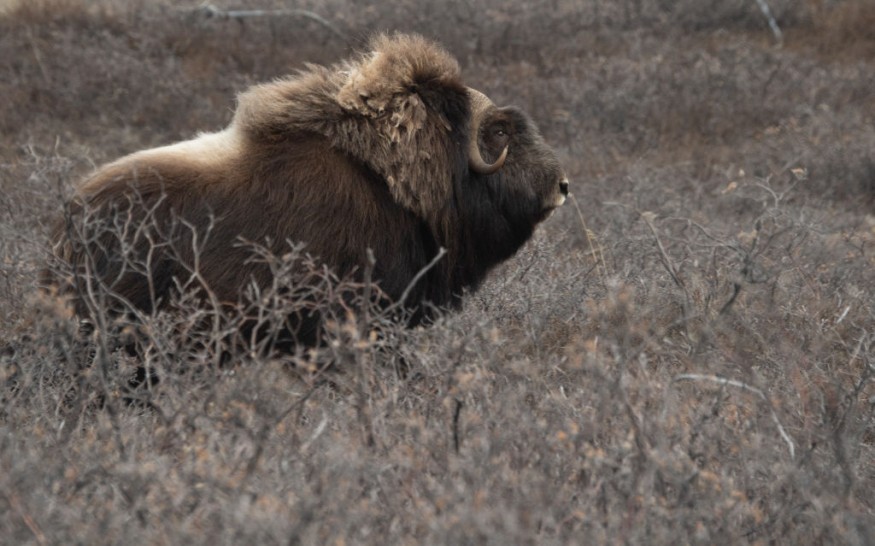A musk ox attacked and killed a court services officer named, Curtis Worland, from the Alaska State Troopers, while he was attempting to scare away a group of musk ox, also spelled as musk-ox or muskox. Local authorities reportedly confirmed Worland died on Tuesday, December 13, after being charged by one of the hoofed animals outside his home near the Alaskan city of Nome.
Alaska Musk Ox Attack

The Alaska officer encountered the hoofed mammal group near a dog kennel at his hour, according to an official statement from the Alaska State Troopers which also confirmed Worland was declared dead on arrival, as cited by NBC News.
Based from initial reports, it is still unclear whether Worland was alone or not during the muskox attack. However, the Alaska State Troopers, the Alaska Wildlife Troopers, and the Alaska Department of Fish and Game (ADFG) are conducting their investigation into the incident.
Court services officers are considered law enforcement officers but only provide prisoner transport services, courthouse security, and court document service, according to the Alaska troopers spokesperson Austin McDaniel.
McDaniel adds he could not immediately asses how many musk oxen were part of the group that the Alaska State Troopers officer was attempting to keep away.
However, such attack is not possible since muskoxen respond with deadly force when threatened. According to National Geographic, muskoxen are herd animals and they form circles when threatened as a group while facing their foes outward. In addition, a cornered musk ox can charge using its massive bulk and horns.
Thirst for Dogs
In relation to the recent Alaska musk ox attack, the known behavior of the massive animals and instinct could have triggered an unprovoked encounter. Such fatal attacks are reportedly rare but musk oxen are known to be aggressive towards dogs.
In 2017, the Alaska Public Media reported multiple musk oxen attacks on dogs in Nome in at least four separate incidents. The Alaskan media also cited a statement from Nome Fish and Game biologist, Bill Dunker, that musk oxen attack dogs because they perceive them as wolves.
Ovibos Moschatus
According to the ADFG, musk ox (Ovibos moschatus) is a long-haired animal with a slight shoulder hump and a very short tail, and Inupiaq-speaking Eskimos call the muskox itomingmak, meaning it has skin like a beard. Both male and female muskoxen have horns but the former can grow up to 5 feet high and weigh up to 800 pounds.
At the end of the last ice age, musk oxen were found across North America, including Alaska, northern Europe, Greenland, and Asia, the ADFG says. During the mid-1800s, the population of O. moschatus had disappeared from Europe and Asia, as well as in Alaska by 1920s. The only remaining muskox communities were found in east Greenland and the Arctic Canada.
Due to the threat of extinction, a collective effort by international conservationists made an effort to restore its population in Alaska by initially capturing 34 muskoxen in East Greenland and bringing it to Fairbanks in 1930. By 2000, almost 4,000 musk oxen were reported in Alaska.
Related Article: Temperature Linked with Food-Webs in Arctic Ecosystems
© 2026 NatureWorldNews.com All rights reserved. Do not reproduce without permission.





